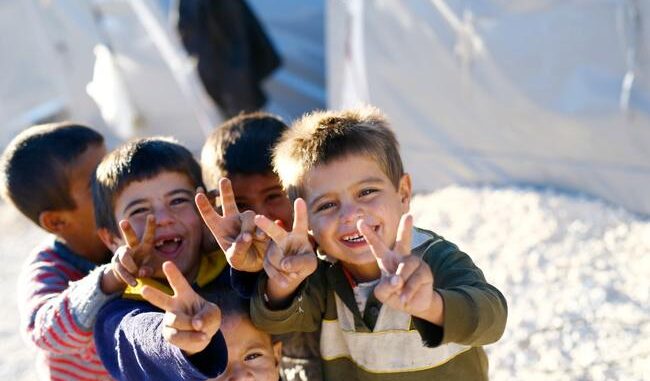
Refugees and displaced person
Refugees and displaced persons are one of the most important humanitarian challenges of our time. Forced to leave their homes due to conflict, persecution, or environmental disasters, this vulnerable population faces many hardships as they seek safety and stability. The world’s response to this crisis has been a mixture of compassion, solidarity, and struggle.
The Root Causes of Displacement
To begin with, it is important to understand the distinction between refugees and displaced persons. Refugees are people who have fled their country due to a well-founded fear of persecution based on race, religion, nationality, political opinion, or membership in a particular social group. They seek protection outside their homeland, often refuge in neighboring countries or through resettlement programs.

What is the difference between refugees and displaced persons?
A critical condition for being considered a “refugee” is crossing international borders. People who have been forcibly displaced from their homes and are unable or unwilling to cross borders are not refugees, even though they share many of the same conditions and challenges as those who do.
Reasons for displacement:
- Conflict and violence: Armed conflicts and political instability are the main drivers of displacement. In regions such as Syria, Afghanistan, and South Sudan, ongoing conflicts have uprooted millions of people.
- Persecution: Discrimination and persecution based on ethnicity, religion, political opinion, or gender can force people to seek refuge elsewhere.
- Environmental disasters: Climate change, extreme weather events, and natural disasters can make areas uninhabitable and lead to displacement.
- Economic problems: Economic factors such as poverty and lack of opportunities can also lead to displacement as people seek better living conditions and economic prospects.
Humanitarian response:
Addressing the needs of refugees and displaced persons requires a coordinated global effort. This includes governments, international organizations, non-governmental organizations (NGOs), and local communities.
Provision of shelter and basic needs: Immediate assistance includes shelter, food, clean water, and medical care to ensure the survival and well-being of displaced populations.
- Legal Protections: The 1951 Refugee Convention and its 1967 Protocol provide the legal framework to protect the rights of refugees and ensure that they are not forcibly returned to places where their lives or freedom are at risk.
- Resettlement and integration: Resettlement programs in countries that accept refugees can provide long-term solutions. Integration into host communities is critical to the social and economic well-being of displaced people.
- Education and health care: Access to education and health care is critical for refugees and internally displaced people to rebuild their lives and contribute to their new communities.
Challenges and solutions:
The refugee and displacement crisis brings many challenges including poor resources, xenophobia, and political conflicts. However, there are solutions and opportunities for improvement:
-
Diplomacy and conflict resolution:
Addressing the root causes of displacement through diplomacy and conflict resolution efforts can prevent further crises.
-
Global responsibility:
Encouraging countries to share responsibility for hosting refugees and contributing to humanitarian aid is critical to a more equitable response.
-
Education and advocacy:
Raising awareness about the experiences of refugees and displaced people can foster empathy and support for more inclusive policies and actions.
-
Sustainable Development:
Investing in development projects in areas prone to displacement can reduce the impact of environmental factors.
Conclusion:
The plight of refugees and displaced persons is a challenge that transcends borders and requires a global commitment to compassion and cooperation. As we grapple with this crisis, we must remember that behind the statistics and headlines are individuals and families seeking safety, dignity, and a chance to rebuild their lives.
Reference:
https://www.google.com/search?q=Refugees+and+Displaced+Persons&oq
Leave a Reply